If cameras were madeleine cakes and Proust a photographer, then perhaps CCD compact cameras would be that memory trigger that provoked longing for his childhood. Tired metaphors aside, I feel somewhat conflicted about the trend toward early digital camera nostalgia. Yes, I have fond memories of using my High School’s Sony Mavica camera with its floppy discs and those fun effects you could add and the slow write times and poor storage space. But if I am completely honest, the first digital cameras I was truly wowed by had CMOS sensors and not the now sought-after CCD sensors. I was of the generation on the cusp of digital, having used film cameras in my youth and then starting to use digital cameras in my late teens and early 20s, and I found my initial uses of these cameras lacking. I often got frustrated by the poor noise performance of these early CCD models but I think I often tried to push these cameras more than my film ones. In the mid-noughties, I was working in a high street camera retailer, and we were invited by Nikon to trial their new generation of cameras, the D300 and D3. “Wow” was the only word I had. Looking at the low light performance of these cameras and the lush screen I was converted. Finally, digital cameras had done something film ones could not. I had to have one of these cameras. I first owned the D300 and took photos I loved, and then the D700, which was equally a camera I loved. A huge leap from the Nikon D100 & D200s I had used in the past.
Over the years, the Proustian longing for early digital cameras has led to a renewed interest in the tones of CCD cameras, and I did own some CCD digital compacts I loved. The Canon G5, the Lumix LX2 and LX3, which I would love to recommend to people looking for a compact that does a bit more. Every time I sold an LX2 to a customer at the shop, I felt I was providing this person with something exceptional. That lovely little Leica lens and the 16:9 sensor and RAW shooting. Brilliant. Granted, shooting anything above 200 ISO added so much noise to the image that it was frustrating, but my own LX2 went everywhere with me for a time.
One manufacturer that was somewhat overlooked in this period was Sony. The company did so much to change how we listened to music and played computer games but it was not a brand people immediately thought of for a camera. In those early days of digicams, we went to trusted brands like Canon and Nikon, and then the “new” players were definitely Fujifilm and Panasonic. Sony, I feel, struggled to make its mark at the time. Something it has since overcome even if YouTube influencers accuse its users of being “fanboys”. Lumix cameras like the compact and brilliant TZ3 would fly off the shelves when I worked selling cameras. I can now see that when Sony was trying to make its mark in the camera world, even before it took over the Minolta line and mount the company was experimenting in weird and wonderful ways. The Sony R1 bridge camera did some wonderful things, such as a waist-level finder live view and an APSC sensor, whilst other manufacturers still used tiny sensors.
On one of my random searches on a certain online auction site, I stumbled upon the Sony Cybershot DSC-V3, a camera first released in 2004 and one I found intriguing. I didn’t find much online about this camera much about this camera aside from an excellent post written in 2012 singing its praises and I largely agree with many of these observations. It had an interesting look and some things which made it stand out against other cameras (even Sony ones). 14 Bit Raw Capture, a Zeiss Vario-Sonnar (36-136mm equiv.), an innovative night shooting mode which removed the camera IR filter to help you capture night shots and a straight out of Knightrider laser autofocus assist. I found one for a reasonable price boxed and waited for it to come. This camera was competing against things like the Canon G6 at the time and actually proved to be quite some competition.
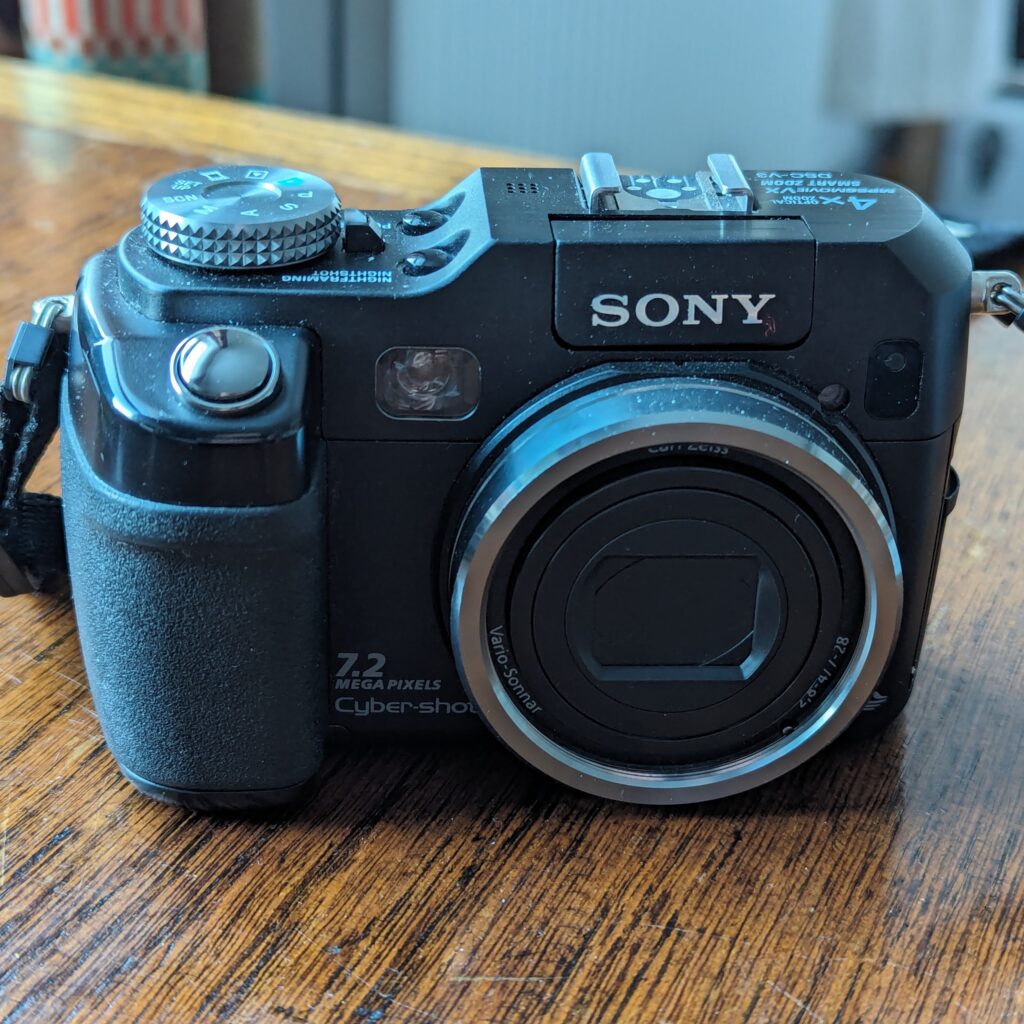
First impressions. Lovely build and great features. I immediately put the camera into RAW mode and shot a picture and waited… and waited… and waited. As the interminable recording buffer wrote the image onto its compact flash card (the Camera also took Sony’s propriety Magic Stick Pro memory cards) I got somewhat frustrated thinking of how little time this now takes. But I did have a RAW image out of it. This camera would not be for any fast picture taking so I decided to photograph something that did not need fast write times. Also, as per all Digicams of this era, I was not going to risk shooting anything above 100 ISO as noise is always a difficulty. I decided to take some pictures of 1960/70s architecture on my lunch break at work and found this to be the right subject for these slow write times. Coincidentally, the DSC-V3 is exceptionally fast for a camera of its era if you are only shooting Jpegs.
The camera feels well-built with a mixture of metal and plastic body with a nice grip, and in as much as you could tell, the image seemed decent on the back of an archaic 2.5” 123,000 dot screen (which was advanced for its time). The jpegs out of camera seemed nice and I tried to do some minor edits on some of the Raw files (.SRF) on Affinity and encountered a weird issue where when looking in at the images a blocky banding emerges which is unlike anything I’ve seen before. The images opened in Affinity but this issue was very weird with excessive banding appears in the shadow details (a problem not uncommon even in some of Sony’s later cameras). I do not know what causes this and would love to hear from those more technically minded what might have caused this.
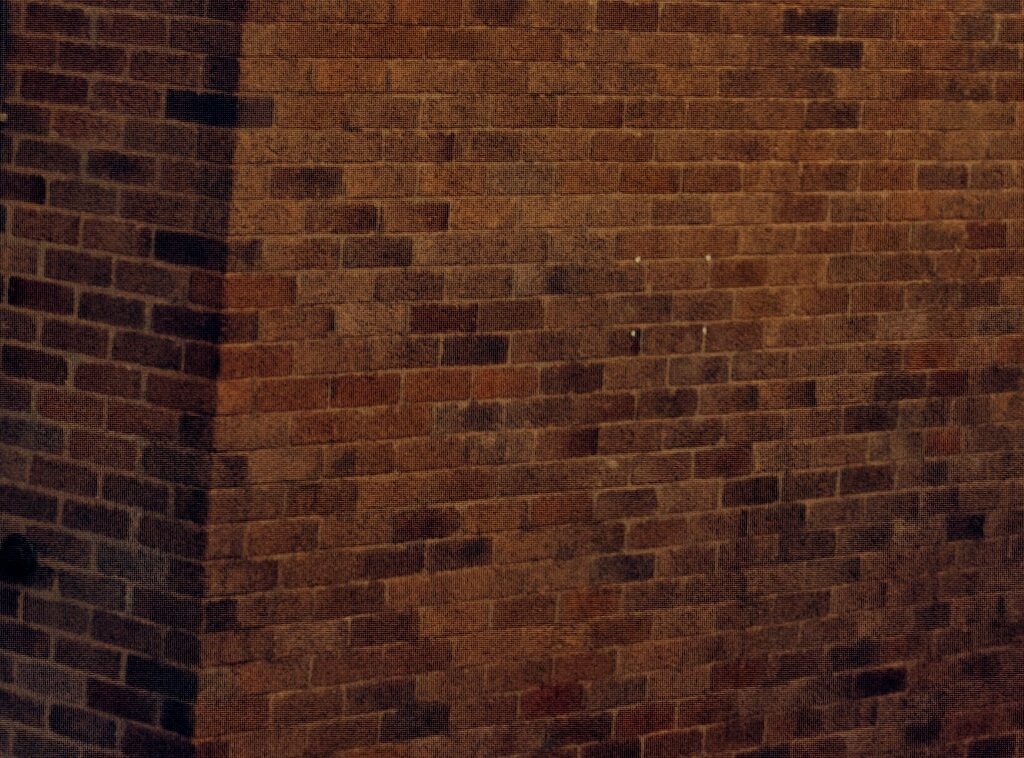
I looked for some neat algorithm designed by someone smarter than me to correct this. Nothing. I tried to see if the new Sony Camera Raw software would open this .SRF file. No joy. I then tried opening these in Adobe Camera Raw and converting to .DNG file and the weird blocky banding had gone. Ah ha. So, back into Affinity for some minor exposure, a little white balance adjustment (the .SRF files were very blue) and minor shadow/highlight adjustments. Converting to .DNG improves the blue hue of the white balance. The images are lovely for this 7.2 megapixel camera and I am happy with the colours. I couldn’t say if that has a more “film-like” look than my current CMOS cameras, but it has been fun to make pictures with this camera; the long buffer times did provoke some nostalgic longing, much like Proust’s taste buds did when he ate his madeleine. I do hope for a future for digital compact cameras, even if this was the last in the V series for Sony. The company’s RX series prove there is still a market for advanced spec compact cameras. I do wonder why more of Sony’s cameras did not include RAW capture as this is something that many were looking for and I do feel like I was able to retain more information as a result of making these pictures on this camera.
I feel like the Sony Cybershot DSC-V3 could be a somewhat overlooked classic.
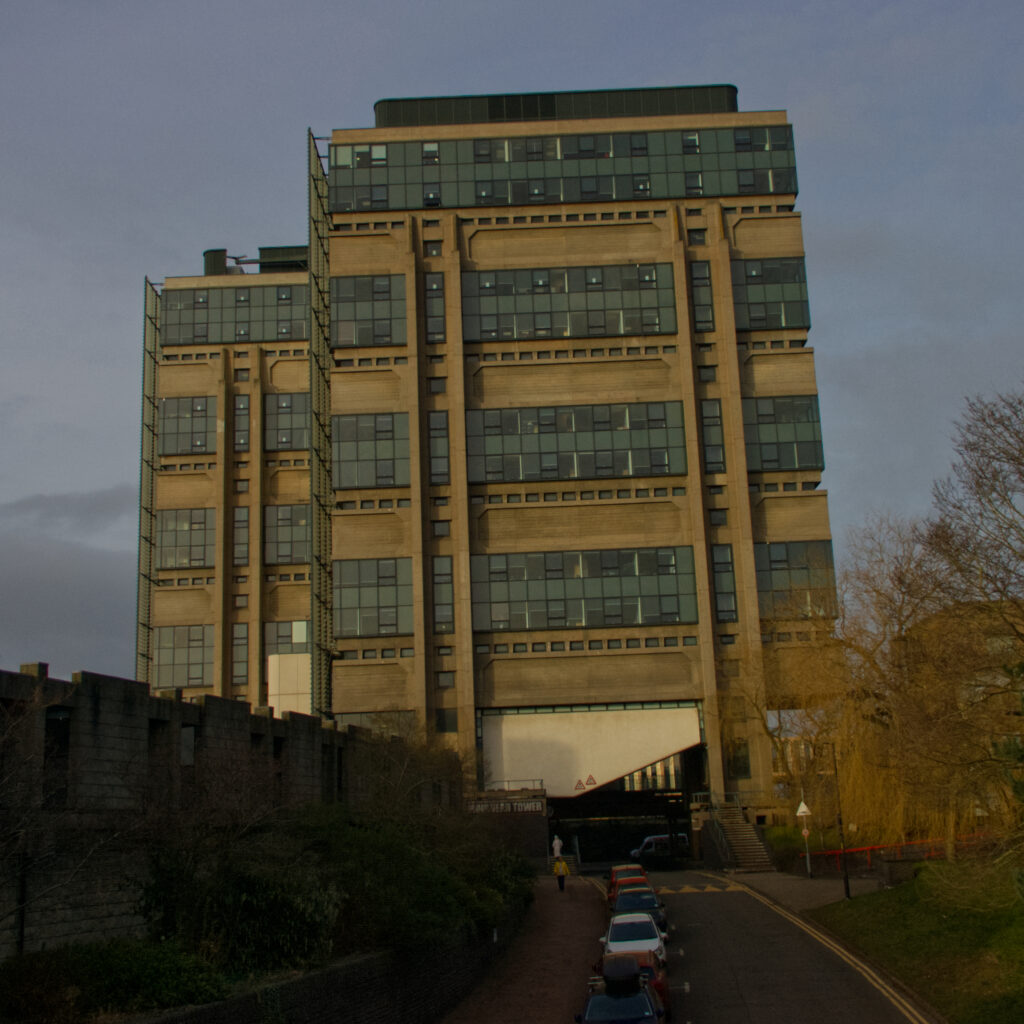
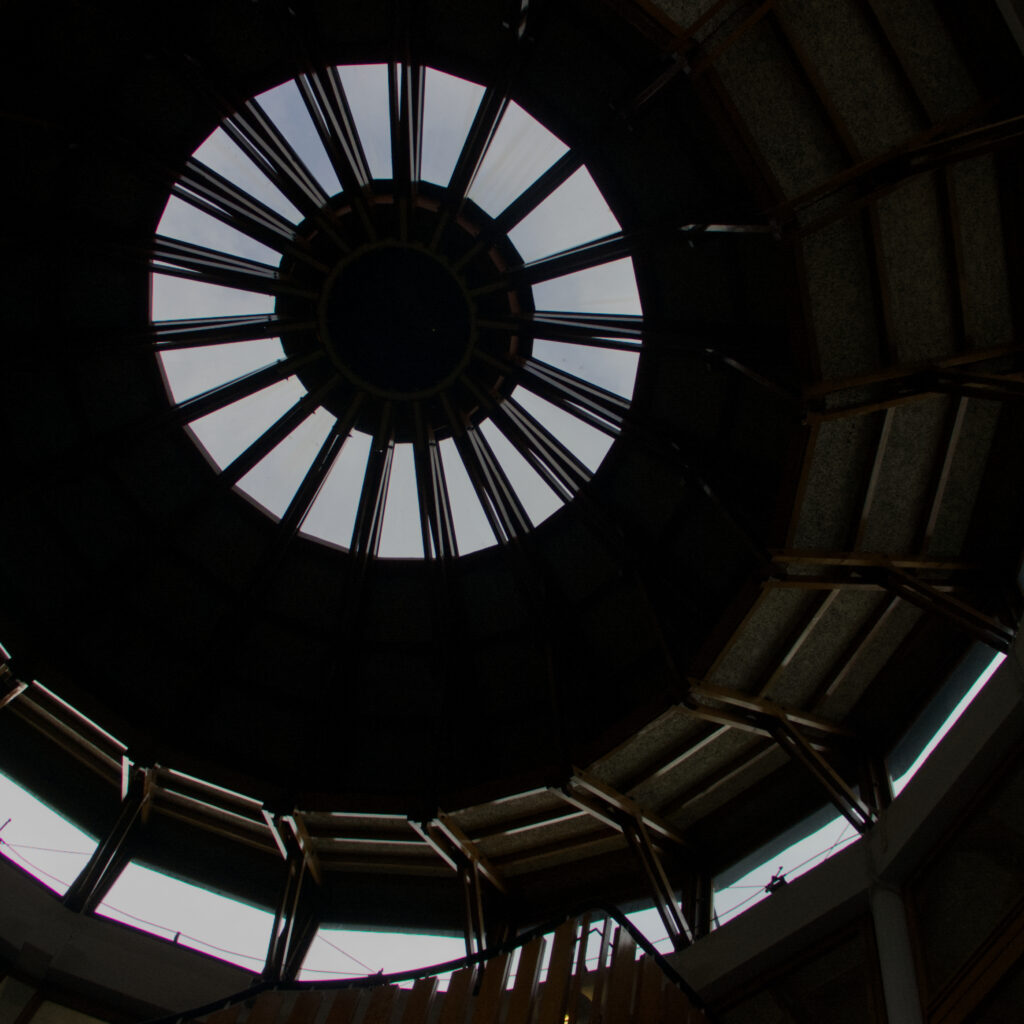
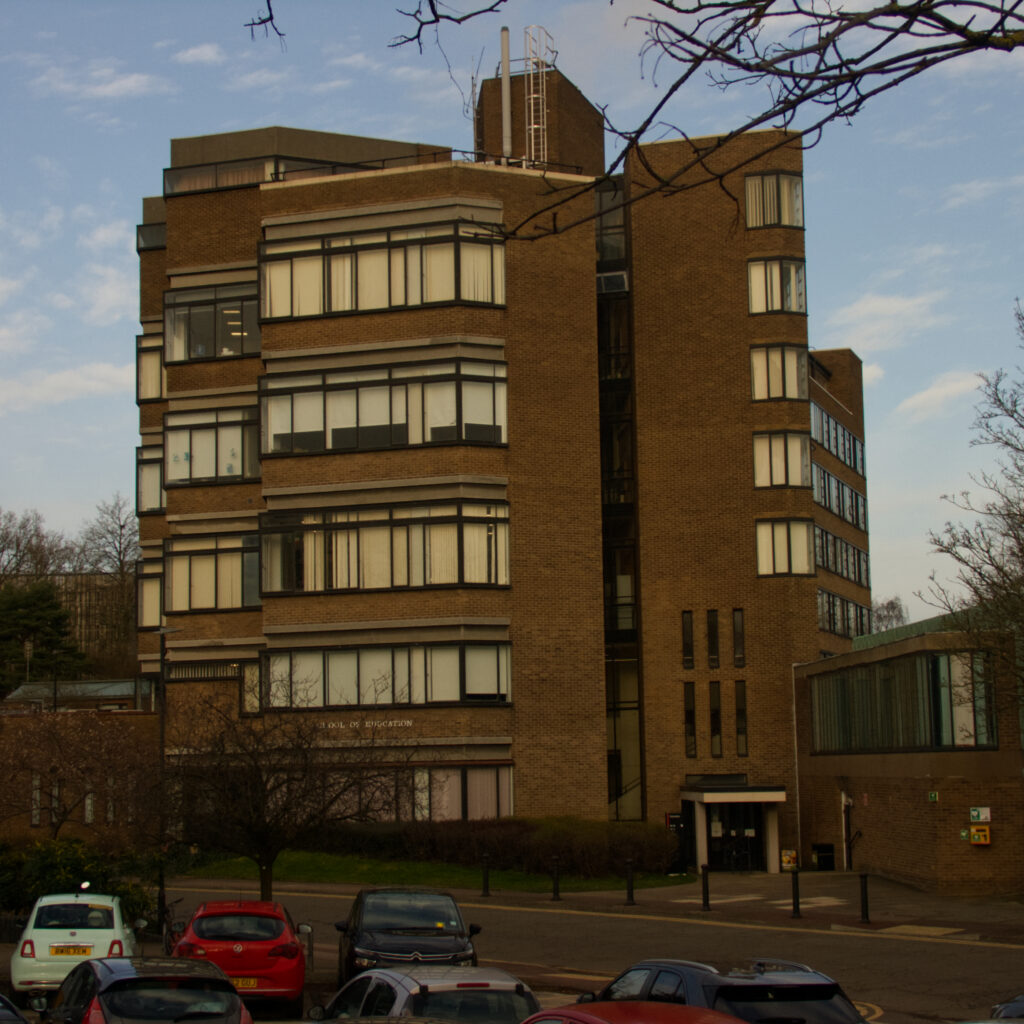
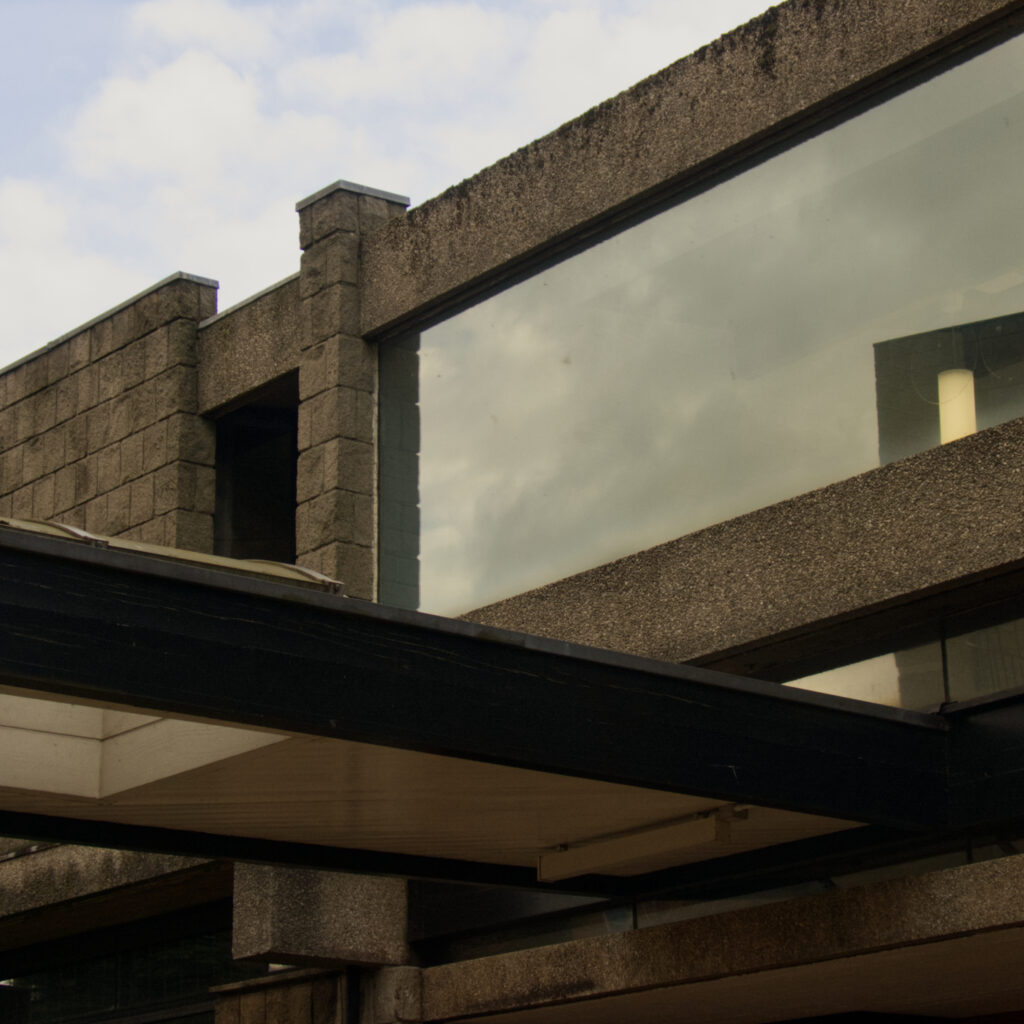
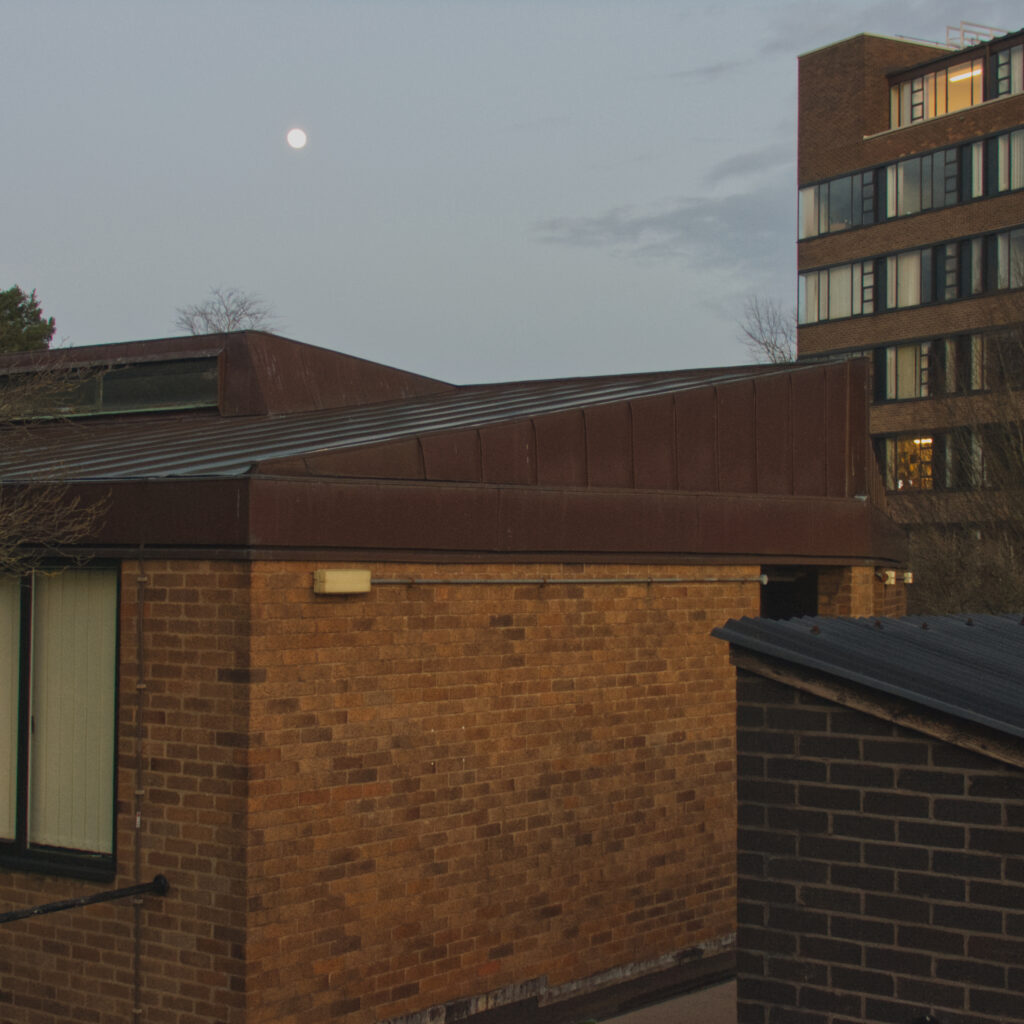
Sebastian Bustamante
Website: https://www.sebastianbustamantephotography.com/
Instagram https://www.instagram.com/seb_bustamante_/
Share this post:
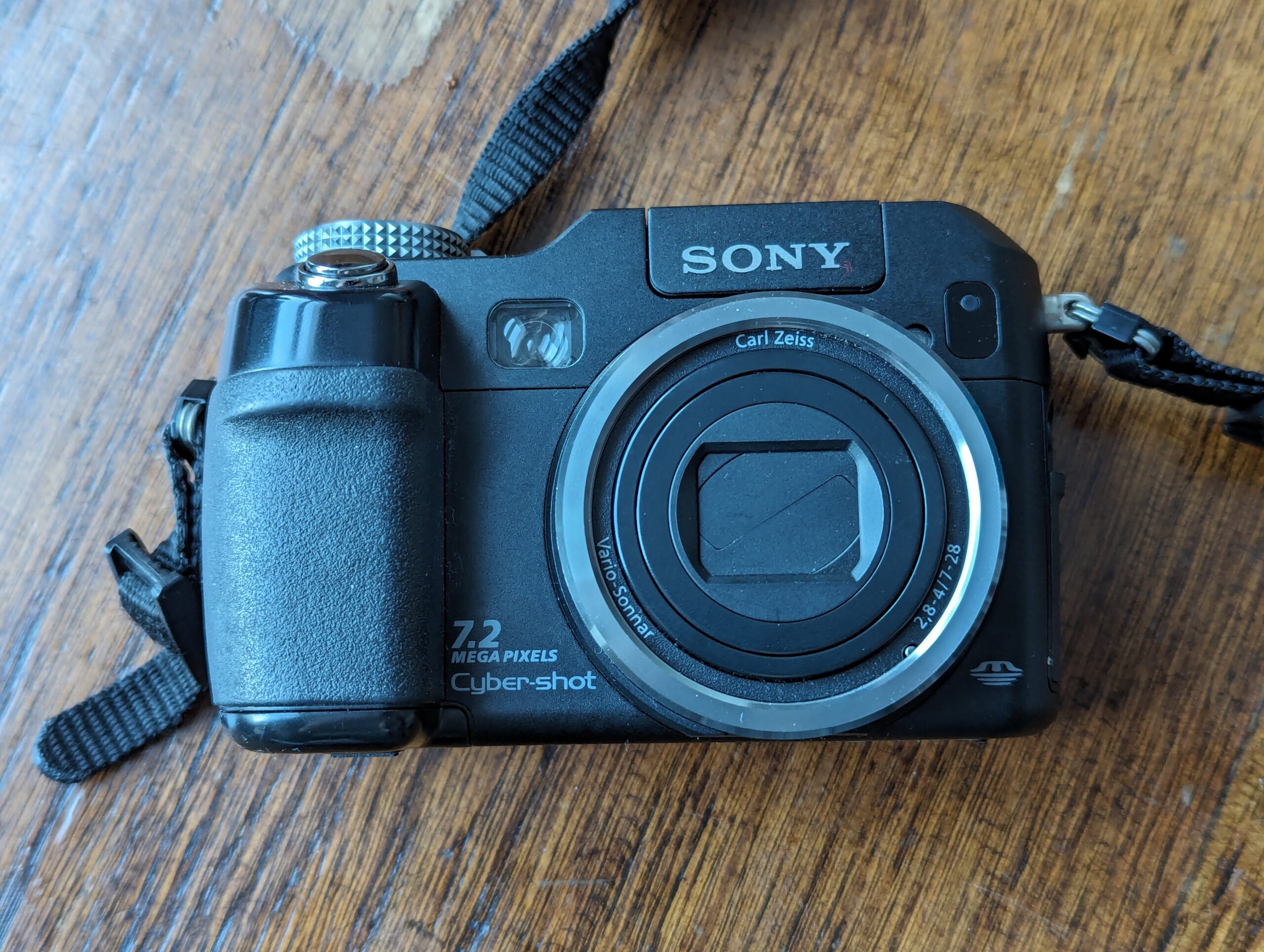

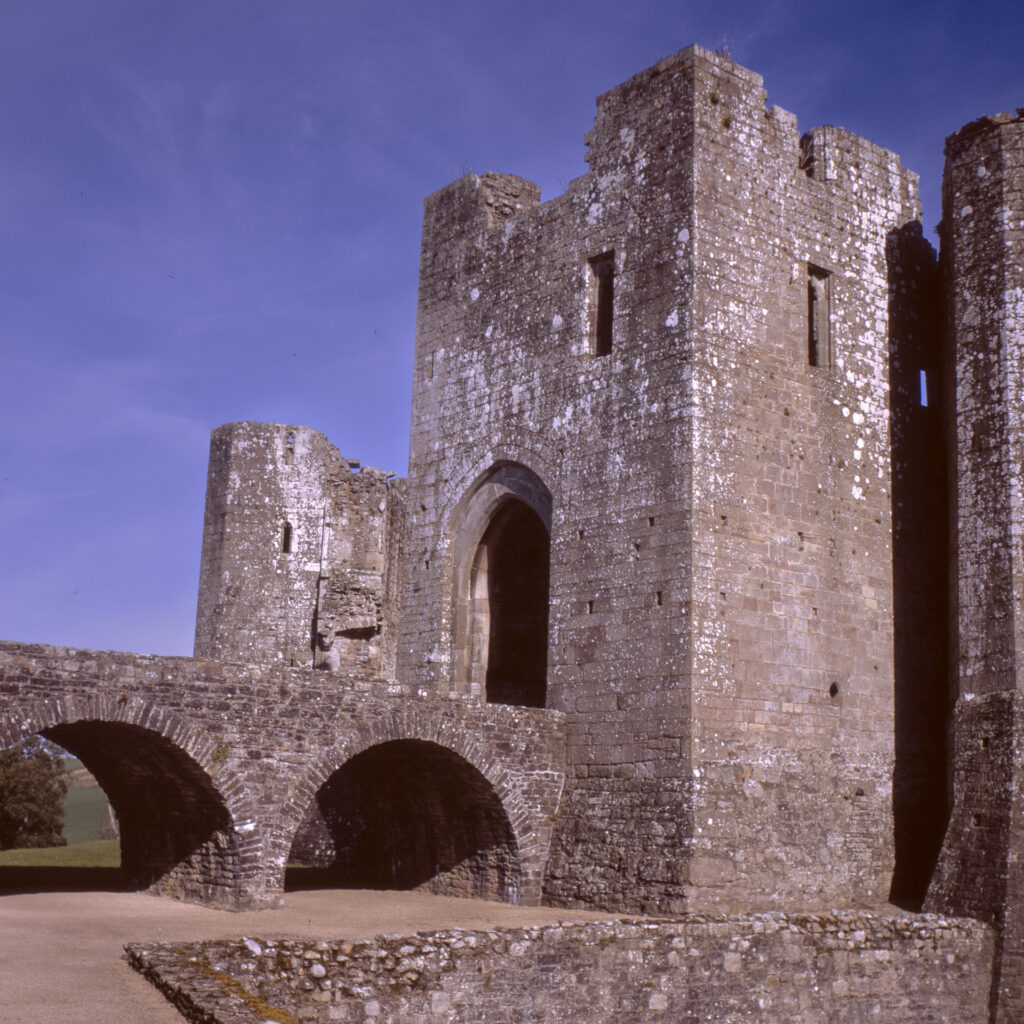
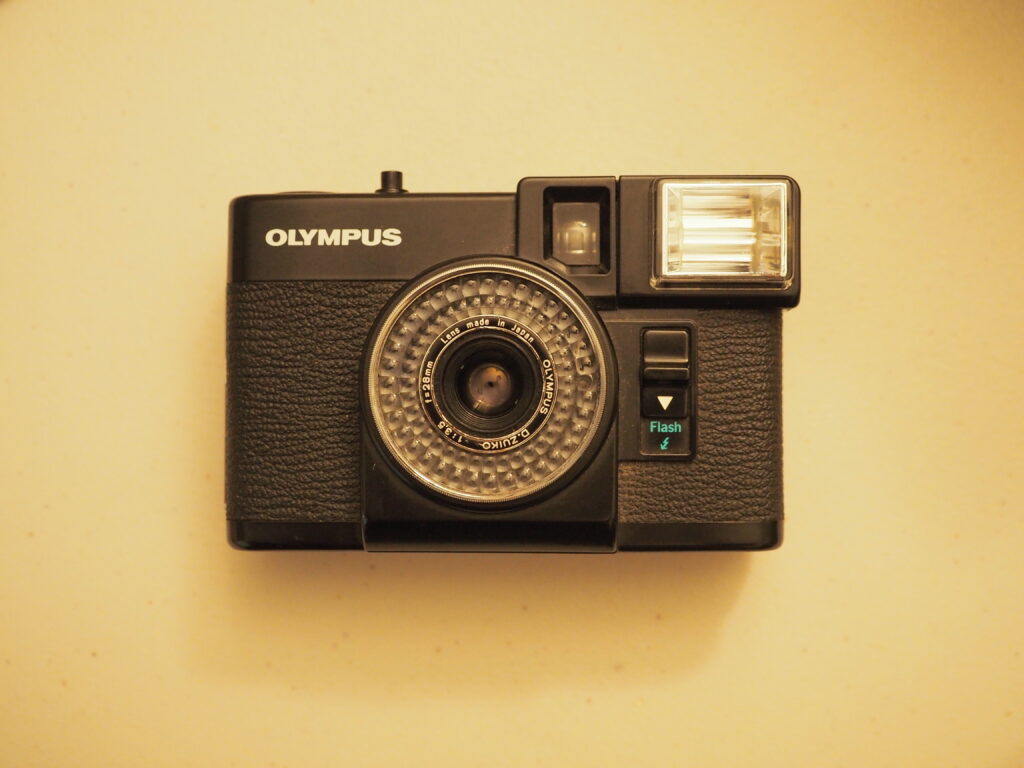





Comments
Jonathan Carty on 5 Frames with the Sony DSC-V3 – In Search of Lost CCD Sensors.
Comment posted: 19/03/2024
My main (digital) cameras are a Canon 6D full frame, an M50ii APSC and a Panasonic Lumix LX100 ii - yet I keep coming back to this little gem every now and again for a walk around.
Magnesium body, Zeiss lens, aperture and shutter priority, fully manual, RAW images, ETTL flash, separate viewfinder, WYSWYG screen when using exposure compensation and most importantly - lovely 7.2MP images.
Apparently Sony decided to not engage in the current megapixels war by giving it more MP to keep the images at 7.2 because it gave better IQ than a sensor the same size with more and smaller pixels crammed on it.
And all from a 20 year old camera.
They were still a bit expensive 5 years ago, but you can pick up an example for £30 on the auction website.
It's way undervalued compared to a huge swathe of earlier (and no where near as good) early compact digital cameras at the moment.
For that price what is there to worry about?
Comment posted: 19/03/2024
Comment posted: 19/03/2024
Alexey Sviridov on 5 Frames with the Sony DSC-V3 – In Search of Lost CCD Sensors.
Comment posted: 19/03/2024
Comment posted: 19/03/2024
Ibraar Hussain on 5 Frames with the Sony DSC-V3 – In Search of Lost CCD Sensors.
Comment posted: 19/03/2024
I’m really interested in older CCD cameras! So thank you
Comment posted: 19/03/2024